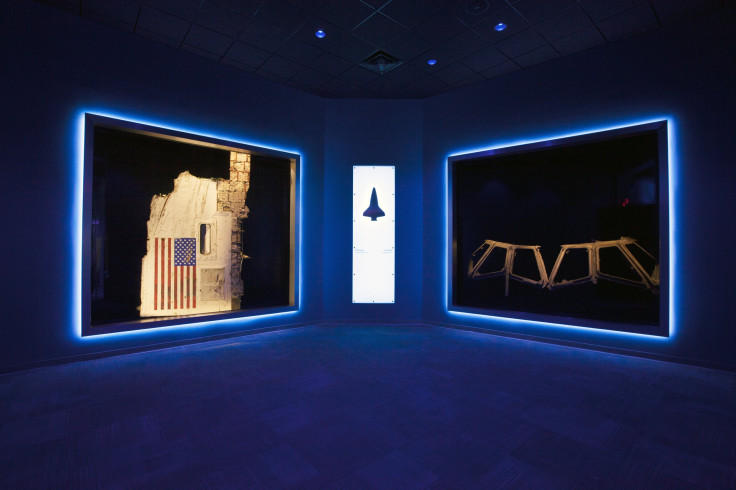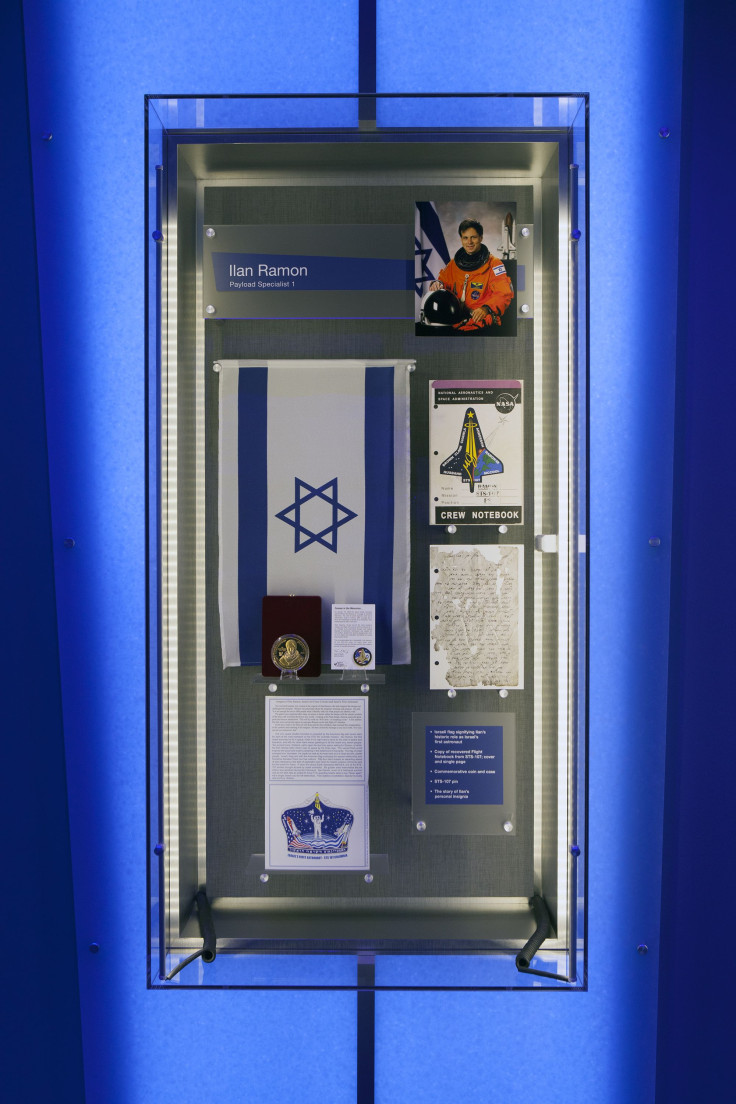NASA Honors Fallen Astronauts From Challenger And Columbia In New 'Forever Remembered' Exhibit

NASA's successes have made headlines recently, but the space agency has not forgotten the sacrifice of those involved in over 50 years of space exploration. In a new permanent exhibit, NASA will honor the 14 astronauts who died in the Challenger and Columbia accidents. The exhibit at the Kennedy Space Center in Florida includes mementos and pieces of the the two spacecraft.
Commander Francis R. Scobee, pilot Michael J. Smith, mission specialists Judith A. Resnik, Ellison S. Onizuka, Ronald E. McNair and Payload Specialists Gregory B. Jarvis and Sharon McAuliffe served as the STS-51L crew aboard Challenger. Commander Rick Husband, Pilot Willie McCool, Payload Commander Michael Anderson, Mission Specialists Kalpana Chawla, David Brown and Laurel Clark and Payload Specialist Ilan Ramon served as the STS-107 crew aboard Columbia.
Personal items from the 14 astronauts were collected by NASA beginning in 2012, the Associated Press reported. "We could have filled a case 10 times the size on each one of these folks and still used more room...because they were so multidimensional," NASA's Mike Ciannilli said to AP.
Among the personal items are McNair's karate gi and katana; a leather helmet used by Scobee; McAuliffe's "Teacher in Space" NASA patch; Husband's cowboy boots; Anderson's childhood "Star Trek" lunch box and Thermos and pages from Ramon's crew notebook that were recovered.

In 1986, the Challenger spacecraft broke apart just after launch, and the seven astronauts aboard the spacecraft died. The accident was due to a faulty O-ring and resulted in an official investigation and a year-and-a-half suspension of the space shuttle program. The Space Shuttle Columbia launched Jan. 16, 2003. Upon re-entry, Columbia disintegrated, and seven astronauts died. The Columbia Accident Investigation Board determined the cause of the accident was due to a black of insulation foam that broke away from the space shuttle during the launch. The foam damaged the Thermal Protection System on the left wing, which allowed hot air to enter the wing and weaken the structure, causing the shuttle to break apart.
© Copyright IBTimes 2024. All rights reserved.







